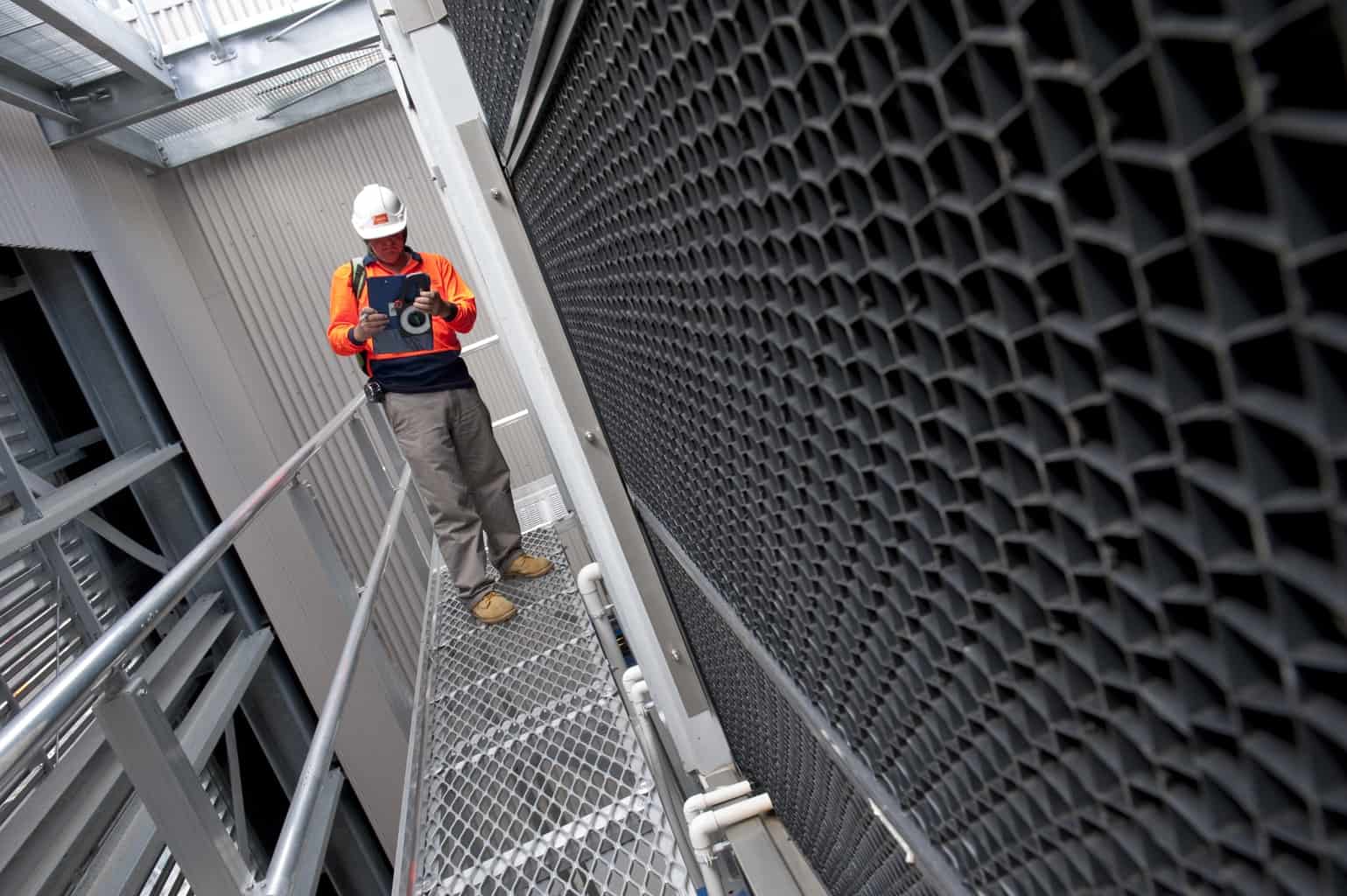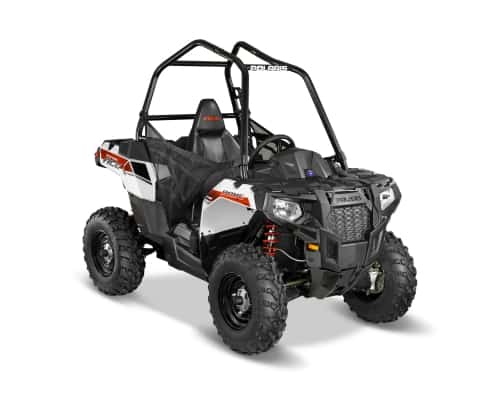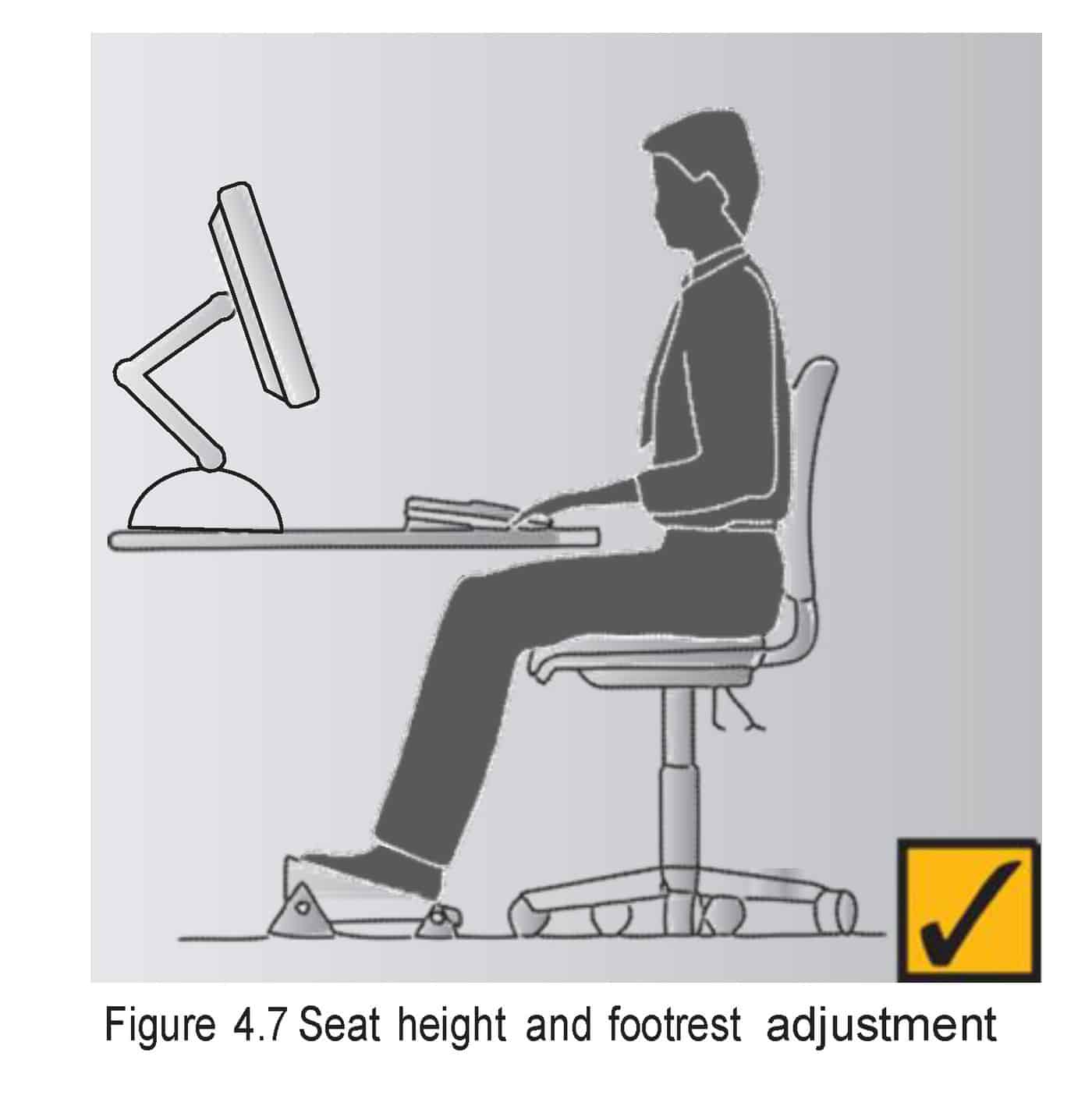Over the last week Australian media has been reporting on office workers using standing workstations. Given sedentary working has been shown to have negative health effects, standing seems sensible as it increases mobility but is it enough to stand? Or is this recent media attention just another example of shallow writing on occupational health and safety matters, or even media manipulation?
An article in the Canberra Times (which appeared in other Fairfax publications around 17 April 2015) states that:
“…health and ergonomics experts say the benefits to overall health for standing-up workers is irrefutable..”
and
“Some also believe it makes workers more productive…”
The article then quotes the head of office supplies and furniture from an office furniture retailer, Jim Berndells of Officeworks. Its next expert is another retailer of furniture, Office Workstations and its managing director Jovan Vucetic. The attention granted to these retailers along with a mention of the price of a standing workstation and the companies that Vucetic has supplied, seems to imply that the article is less about OHS than about product information.
(It may be relevant that

 The revised
The revised 
 A diagram of safe posture at modern workstations has become iconic but it has also become a symbol of ergonomic misunderstanding. There are assumptions behind the angular figure about the way modern workers work, the equipment used and the tasks undertaken.
A diagram of safe posture at modern workstations has become iconic but it has also become a symbol of ergonomic misunderstanding. There are assumptions behind the angular figure about the way modern workers work, the equipment used and the tasks undertaken.